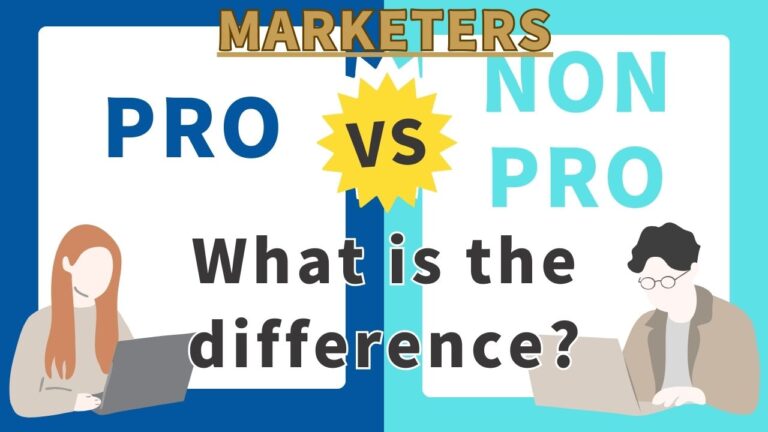In the ever-evolving world of marketing, reaching the right audience is paramount. Gone are the days of scattershot advertising – blasting generic messages to a broad spectrum of people. Today, it’s all about precision. Enter micro-targeting, a powerful strategy that allows you to tailor your marketing campaigns to hyper-specific audiences.
What is Micro-Targeting?
Micro-targeting involves pinpointing incredibly narrow audience segments based on a multitude of data points. This data can include demographics (age, location, income), interests (hobbies, favorite brands), online behavior (websites visited, purchases made), and even psychographics (personality traits, values). By leveraging this rich data, you can craft highly personalized messages that resonate deeply with your ideal customers.
The Upside of Micro-Targeting
Here’s why micro-targeting should be a cornerstone of your marketing strategy:
- Increased Relevancy: Micro-targeted ads are more relevant to potential customers, leading to higher engagement and click-through rates. Imagine seeing an ad for hiking boots tailored to your love of mountain trails, compared to a generic ad for athletic shoes.
- Improved Conversion Rates: People are more likely to convert (take the desired action, like buying a product) when they feel the message is specifically designed for them. Personalized offers and promotions can significantly boost conversions.
- Reduced Ad Spend: Micro-targeting allows you to eliminate wasted impressions on irrelevant audiences. You focus your budget on people who are most likely to be receptive to your message, maximizing your return on investment (ROI).
- Enhanced Brand Image: Sending targeted messages showcases your understanding of your audience’s needs and interests. This fosters brand loyalty and trust, creating a positive brand image.
How to Micro-Target
Micro-targeting leverages various online platforms and tools:
- Social Media Advertising: Platforms like Facebook and Instagram allow you to target users based on demographics, interests, and behaviors. You can create custom audiences based on website visitors or existing customer lists.
- Search Engine Marketing (SEM): Utilize keyword research tools to identify highly specific search terms that your ideal audience uses. This helps your ads appear in searches most relevant to their needs.
- Email Marketing: Segment your email list based on subscriber data, allowing you to send targeted emails with personalized offers and content more likely to resonate.
Micro-Targeting in Action
Let’s imagine you’re a company selling high-end running shoes. Here’s how micro-targeting could play out:
- Target Audience: You identify a segment of potential customers who are:
- Between 25-35 years old
- Live in major cities
- Participate in marathons and half-marathons
- Frequently visit running blogs and forums
- Message: You create targeted ads showcasing your lightweight, performance-driven running shoes, highlighting features like energy return and advanced cushioning. These ads appear on social media feeds and running-related websites visited by your target audience.
- Results: By reaching the right people with a relevant message, you see a significant increase in website traffic, product inquiries, and ultimately, sales.
Micro-targeting is a powerful tool that can transform your marketing efforts. By taking the time to understand your audience and tailor your message accordingly, you can unlock a world of increased engagement, improved conversions, and a stronger brand connection. So, embrace the power of precision and take your marketing to the next level!



